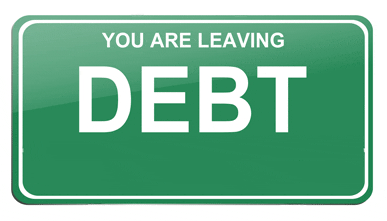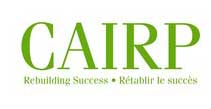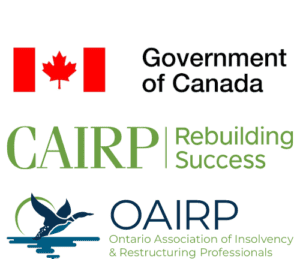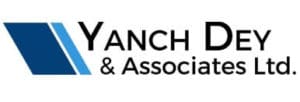Government student loans have a special rule under Canadian law: they can only be discharged in a consumer proposal or bankruptcy seven years after you last attended school. Many people misunderstand this rule, but it is simple when broken down.
The 7-year rule means:
- You must be out of school for at least seven years, including part-time, full-time, or returning to studies.
- After seven years, your student loans are treated like regular unsecured debt, meaning they can be reduced or eliminated.
- All interest and penalties stop, making repayment far easier.
- Collectors must stop contacting you, giving you immediate relief.
You can combine your student loans with other debts, such as credit cards, taxes, or lines of credit. Once you hit the seven-year mark, your student loans can be included and reduced just like any other debt.
Only Five Years Out of School?
If you have been out of school for at least five years—but not yet seven—you may qualify for the Hardship Provision.
This allows student loans to be included early if repayment has become genuinely impossible. The Hardship Provision may apply if:—you may qualify for the Hardship Provision. This allows student loans to be included early if repayment has become genuinely impossible.
The Hardship Provision may apply if:
- You have made reasonable efforts to pay, but interest keeps the balance high.
- You cannot maintain basic living expenses, even with payment plans.
- Your income is limited, or you support a family.
- A disability or medical condition affects your ability to work.
- Your budget shows long-term financial hardship, not temporary difficulty.
A trustee can help you apply for the hardship discharge, which is often successful for people in genuine need.
What Happens to Student Loans Inside a Consumer Proposal
When student loans are eligible and included, they follow the same rules as your other unsecured debts.
This means:
- Interest stops immediately, so your balance stops increasing.
- Collectors must stop contacting you, including letters, calls, and emails.
- Your payments become fixed, rather than changing based on repayment programs.
- You repay only a portion of the balance, not the full amount.
- You receive legal protection, preventing future enforcement.
This is one of the most effective ways to reduce long-term student loan pressure.
Why Student Loan Balances Become Unmanageable
Many people struggle with student loans, even with income-based repayment programs.
The debt becomes overwhelming when:
- Interest grows faster than payments, especially on older loans.
- Multiple loans combine into one large balance, making progress feel impossible.
- Life changes—like marriage, children, or job loss—reduce your ability to pay.
- Government repayment plans expire, leading to higher payments again.
- Collectors become aggressive, adding pressure and stress.
A proposal interrupts this cycle and gives you manageable solutions.
How Much Student Loan Debt Can Be Reduced
When student loans qualify under the 7-year rule, most people repay only a portion of the balance.
The reduction is significant because:
- Interest is eliminated, often saving thousands.
- Only about 30% of the debt is repaid, depending on income and budget.
- Payments are spread over up to five years, lowering your monthly cost.
- You can pay early without penalty, helping you finish sooner.
- Your budget determines the offer, not the government’s demand.
This makes proposals one of the most effective ways to resolve large student loan balances.
When a Proposal Is Better Than Repayment Programs
Government repayment plans can help temporarily, but they do not reduce the principal balance.
A consumer proposal is often better when:
- Your balance keeps growing, even with assistance programs.
- You are past the 7-year mark, making forgiveness available.
- Collectors are calling, and you need legal protection.
- You have other debt, making repayment impossible.
- Your income is steady, but not enough to pay everything in full.
A proposal provides permanent relief instead of temporary adjustments.










